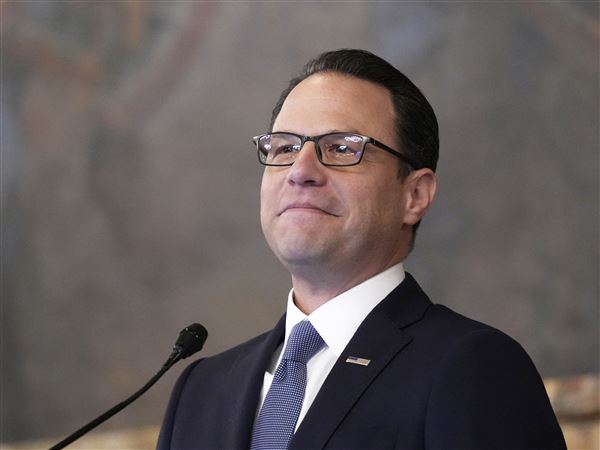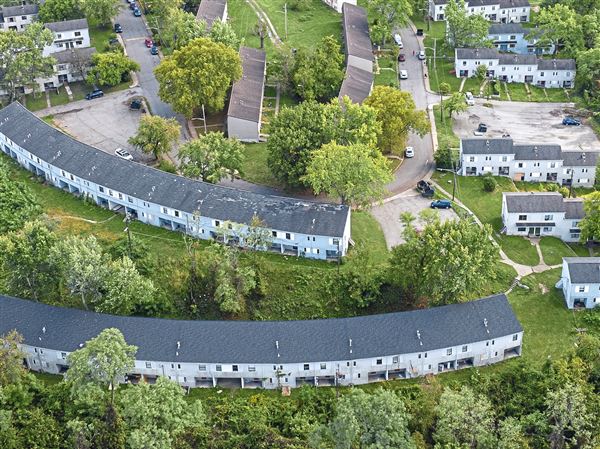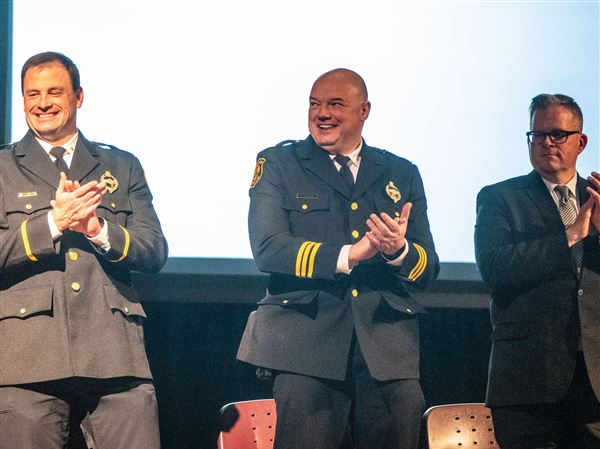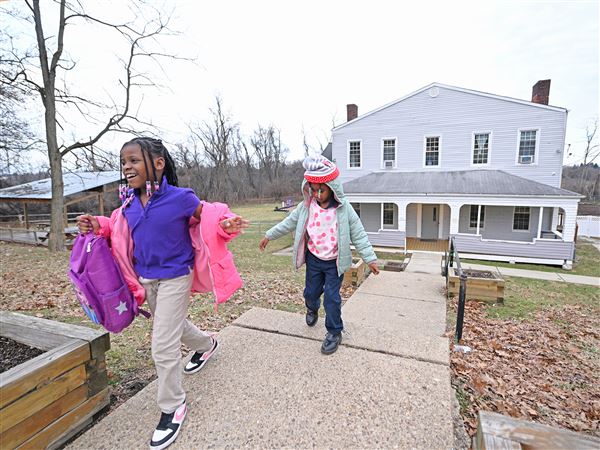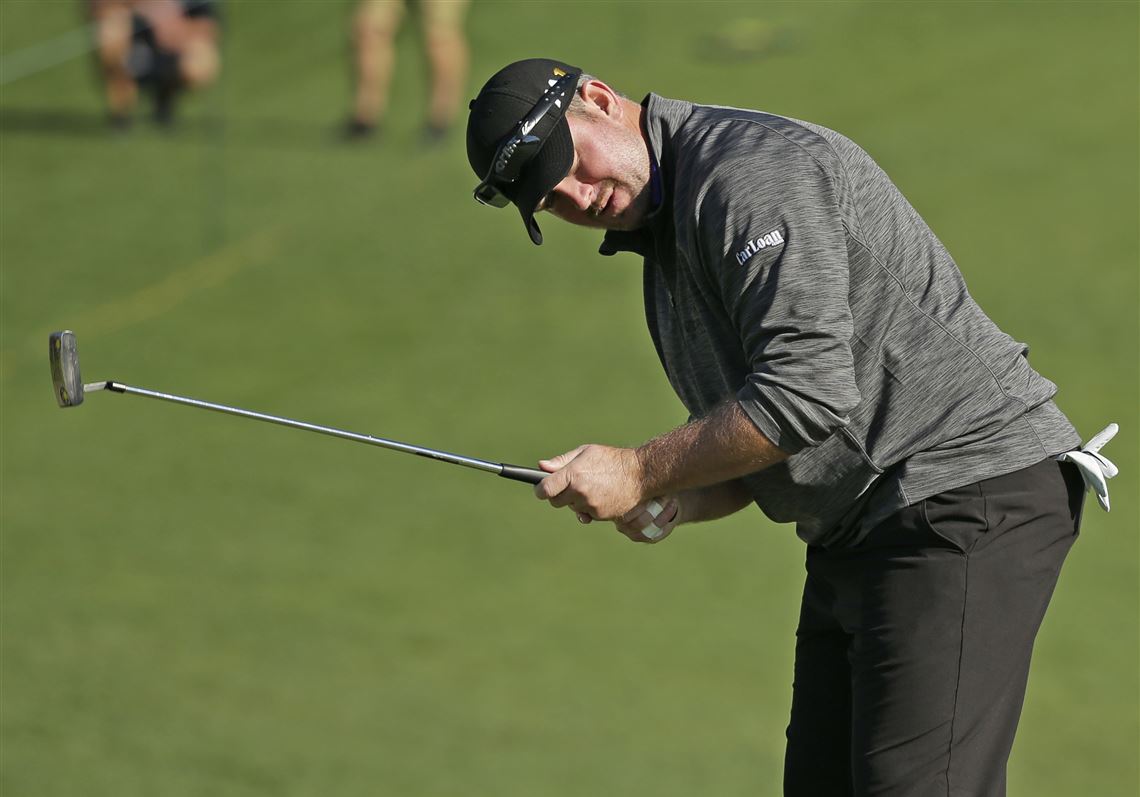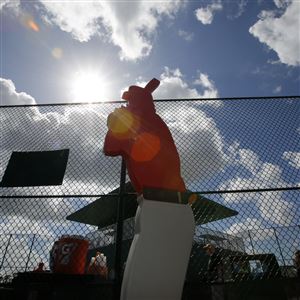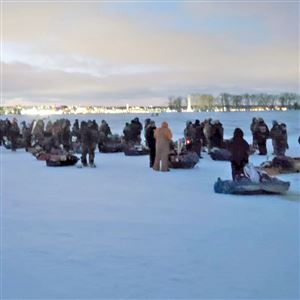Like a cold smack in the face, Steve Wheatcroft has no trouble remembering the moment when he realized it was time to move on from playing professional golf for a living. It stays with him a year later, not gnawing away at his stomach but rather reminding him why it was the right decision to make after nearly three decades as a player on the PGA Tour and two-time winner on the Korn Ferry Tour.
Last summer, Wheatcroft played back-to-back days at the TPC Stadium course in Ponte Vedra Beach, Fla., his home course, with two players from the European Tour and another from the PGA Tour. In very windy conditions, Wheatcroft shot 67 one day, 64 the next, at the site of the Players Championship, not only drumming his playing partners but, as he said, “beating them out of a bunch of money.”
It was a confident, uplifting and perfectly timed moment for Wheatcroft, who was getting ready to go back out and play three consecutive tournaments on the Korn Ferry Tour and attempt to qualify for the U.S. Open.
“These guys were like, dude, you are ready to go, you are going to win,” Wheatcroft said. “I had just played great. My confidence couldn’t have been higher.”
Instead, the opposite happened. Wheatcroft, a Washington, Pa., native who went to Trinity High School, missed all three cuts and failed to qualify for the U.S. Open.
“At that point I just completely lost all drive,” Wheatcroft said. “I don’t know what just happened. I was excited to get these courses and I don’t have it. At that point, I started looking into the job world at the end of year and, when it came, I was almost relieved it was done.”
After 18 years as a professional golfer and $4.4 million in earnings, Wheatcroft had enough. It didn’t matter that he was just one year removed from playing on the PGA Tour or just three years from narrowly winning the Canadian Open (he had the lead with three holes to go). With a wife and two kids (ages 3 and 5) at home and a mortgage more suited to a PGA Tour player, he decided to retire at the end of 2019 and took a job with a finance company in Jacksonville.
“I played decent last year; I finished 43rd on the money list and I made about $108,000 in earnings,” Wheatcroft said. “But it probably cost me that much to do my job with the flights the hotels, the caddies. So I could pay for my golf expenses but I haven’t paid for anything at home. I probably lost $150,000 doing my job and I didn’t do it that badly. It’s kind of hard to say, ‘Let’s go sign up for that again, let’s go play some decent golf and lose $150,000.’ ”
Wheatcroft, who built his entire career through hard work, had another stunning realization.
“About midway through the year last year, I kind of lost my grind,” he said. “I’ve been a grinder for years. I’ve never been a great golfer. I’ve played at the highest levels, but I had to work really hard. I never realized how hard I had to work to be mediocre on the PGA Tour. And that’s fine. I’m fine with that. I don’t regret anything. I loved every minute I had out there.”
Just because he’s not playing for a living anymore doesn’t mean Wheatcroft stopped liking competition, even at a different level. He will back in his hometown area this week when he plays in the three-day Frank B. Fuhrer Invitational that begins Monday at the Pittsburgh Field Club, looking to win the $40,000 first prize.
He came close last year in his first appearance in the 72-hole event, losing in an eight-hole playoff to winner Michael Gligic. Ironically, it was Gligic who went on to earn a battlefield promotion from the Korn Ferry Tour to the PGA Tour this season. When Wheatcroft didn’t earn back his PGA Tour card, he went on to a new career.
“The thought of playing the PGA Tour again was great, the thought of playing another year on the Korn Ferry Tour almost made my stomach churn,” Wheatcroft said. “If you asked me that 10 years earlier, I would’ve had butterflies how excited I would be to get on the Korn Ferry Tour.
“But, with a wife and two kids and bills, people don’t understand — the Korn Ferry Tour is not built for 41-year-old struggling professionals; it’s built for 22-, 23- and 24-year old guys that are emerging and trying to get to the PGA Tour. When people called me and said, ‘Please don’t retire, what are you doing, it’s our dream,’ I had no problem sitting down with them and telling them how wrong they were. That was not a good situation for me.”
Full force
The National Golf Foundation, which tracks golfers and the operation of facilities around the country, estimated that 20 million rounds were lost around the country because of the COVID-19 pandemic. Additionally, they estimated that nearly $1 billion in golf course revenue was lost because of the virus.
While the NGF’s data is more researched than mine, I find its statistics about the number of rounds lost to be as wayward as shanked tee shot.
Nearly every person I’ve talked to — whether golfers, head professionals or golf-course owners — has seen a tremendous spike in play, most to record levels. Tee sheets are booked at most private clubs (one course had 336 players one day) and public facilities are crowded with golfers, new and old.
Not only are the regular golfers back playing to make up for lost time, but golf has seen an uptick in the recreational player who has decided to play more because it has been a healthy, outdoor option during an otherwise lockdown period. What’s more, people who have not played golf are deciding to do so for much the same reason, whether it’s at a course or driving ranges.
Yes, revenue is probably down because most courses were not allowed to open their pro shops or dining areas until just a couple weeks ago. And a lot of corporations or local charities have had to cancel or postpone their fundraising events.
But, some 20 million rounds lost? Just try to make a tee time or go to a course to see that is highly debatable.
Listen to “The Golf Show with Gerry Dulac” every Thursday, 7-8:30 p.m. on ESPN Pittsburgh
Gerry Dulac: gdulac@post-gazette.com and Twitter @gerrydulac
First Published: June 27, 2020, 11:00 a.m.
